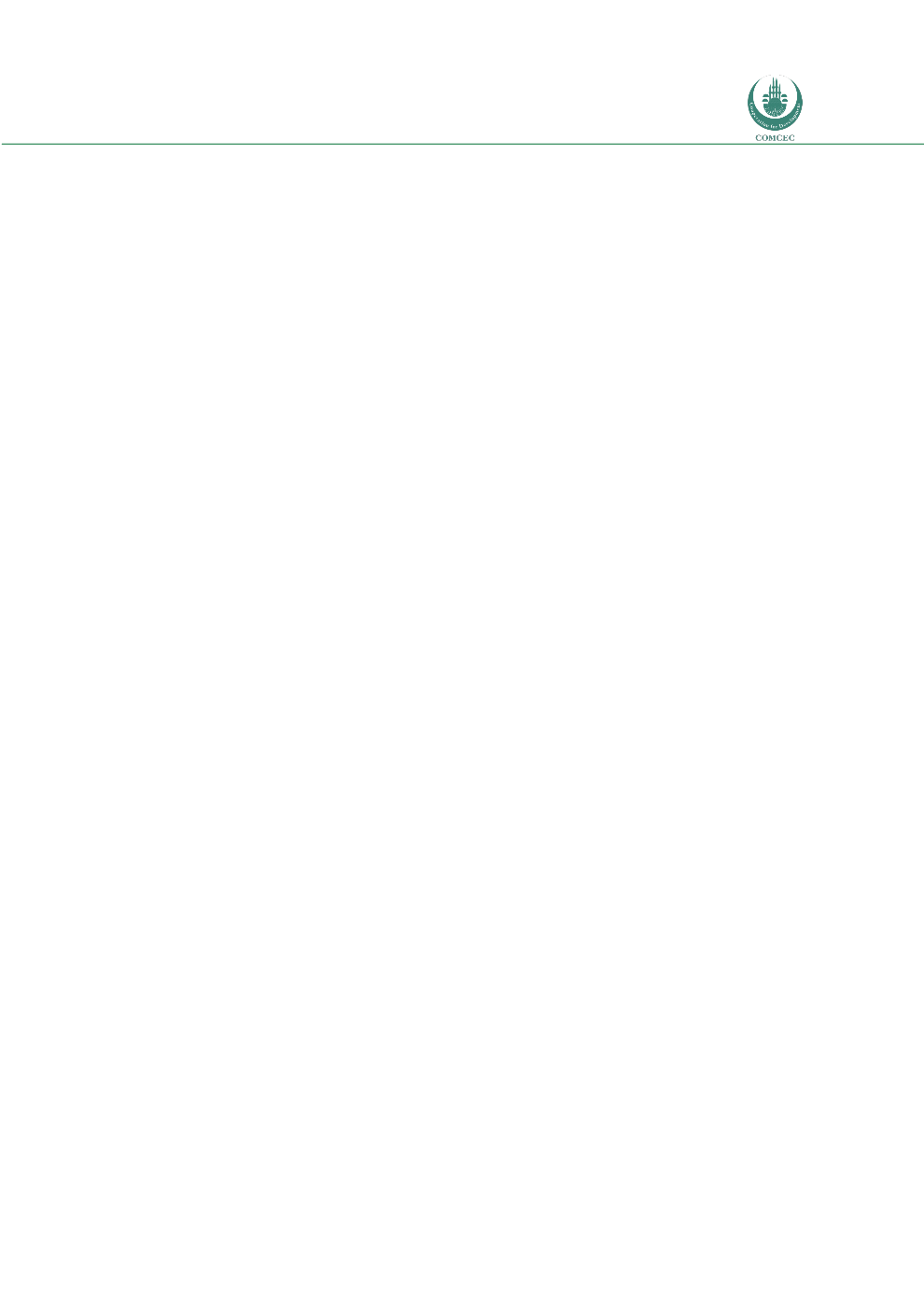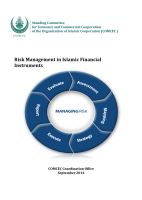

Risk Management in
Islamic Financial Instruments
87
4.4.3 Kingdom Of Saudi Arabia (K.S.A.)
One of the pioneers in establishing the Islamic Developmental Bank back in 1975, The
Kingdom of Saudi Arabia (hereafter KSA), is an oil-rich vibrant economy with an existing large
market for Islamic financial services. In addition, the increased state spending for
infrastructure projects going forward provides a huge potential for growth in Shariah-
compliant project finance. KSA is the home of one of the world’s largest Islamic banks and has
established Islamic finance research bodies.
At present, both conventional banks and Islamic banks are governed by the same legal system
under the supervision of the Saudi Arabian Monetary Agency (SAMA). More recently, Saudi
Arabia’s cabinet approved its first ever mortgage law within the country.
4.4.3.1 Saudi Banking Sector
The following analysis consists of 4 KSA Islamic banks for which data is available on the
BankScope database. The banks are: Bank AlBilad, Alinma Bank, Islamic Development Bank,
and Al Rajhi Bank Average total assets of the KSA Islamic bank is 22,997 million USD, with
average deposits of 14,941 million USD. Islamic banks in KSA employ an average of 3,532
workers across 153.75 branches.
Risk Matrices
Asset Quality Ratios
Chart 4.35 shows that, for the KSA banking sector, the Asset Quality for the Islamic banks’ loan
portfolio is better, compared to that of their conventional counter parts. The Average Loan
Loss Res/Gross Loans ratio for the Islamic banks is 2.73%, which is lower than that of their
conventional counterparts of 4.68%. However, the conventional banks maintain higher loan
loss reserves (130.55%), compared to the Islamic banks with 120.84%.
Capital Adequacy ratios
In general, Islamic banks in KSA maintain better capital adequacy, as evident by the capital
adequacy ratios. A Higher Equity / Tot Assets ratio for the Islamic banks of 18.54% represents
less risk exposure and a higher capital cushion during the financial crisis, compared to that of
the conventional banks of 16.24%. Higher Equity/Net Loans ratios for the Islamic banks reflect
that Islamic banks more cushions to absorb losses on the loan books. (See Chart 4.36)
Operational Efficiency ratios
In general, Islamic banks in KSA have higher cost of funds and lower efficiency, which is
reflected in a lower ROE. Chart 4.37 shows that a Higher Net Interest Margin for the Islamic
banks of 4.079% represents cheaper sources of funding, compared to the conventional bank
ratio of 2.73%. In addition, the Pre-Tax Op Inc / Avg Assets ratio is lower for Islamic banks at
0.91%, compared to the conventional bank ratio of 1.70%. Also, in general, conventional banks
provide higher dividend payouts at an average of 44.70%, compared to the Islamic bank
average of 13.98%.

















